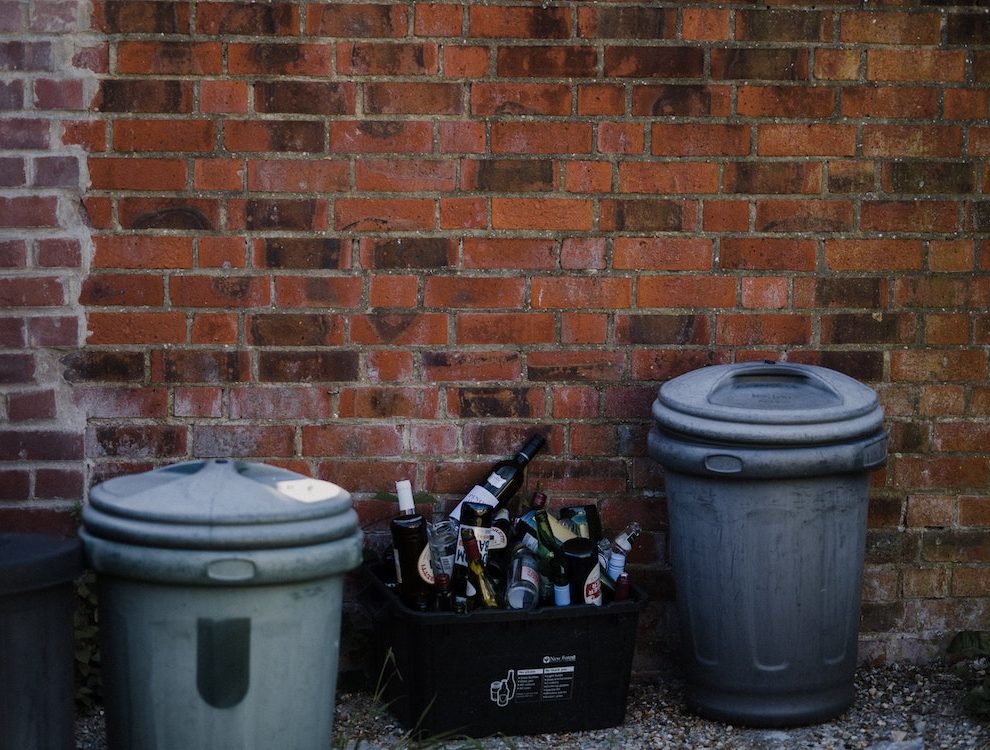A bit of a role reversal; this time, we are the ones asking the question.
The Auckland council is amid a three-year transition to fully rates-fund kerbside rubbish collection. By June 2025, all Auckland households will have a choice of three rubbish bin sizes (80-litre, 120-litre, and 240-litre), each with a different price (rates) to accommodate different household needs and choices. Households currently on the user-pay bin-tag model will experience the transition most keenly. Rubbish collection fees will eventually be subsumed into the council rates bill as an additional item.
Why is this a rental issue? Currently, per section 39 of the Residential Tenancies Act, landlords with properties in the bin-tag areas do not pay for their tenants’ rubbish to be collected. In contrast, landlords with properties in the suburbs that already have rates-funded rubbish collection do. Once uniformity is applied across all Auckland households to have rubbish collection funded by rates, landlords will absorb all the corresponding and, likely, additional costs. Cleaving out the collection cost to pass onto the tenant (much as you would a Watercare bill) is out of the question under s39(2)(a). In any event, the actual cost is unlikely to be detrimental to landlords. But the situation does beg two practical questions:
- Given that there are three bin sizes to choose from, how does a landlord determine a ‘reasonable’ bin size to provide the tenant with;
- Suppose the tenant requests and the landlord agrees to a bigger-sized bin than provided at the start of the tenancy. Would the provision of the bigger bin be considered an increase or improvement of facilities or services under s28(1)(b) that could give rise to the parties agreeing to a rent increase?
The Tenancy Tribunal is the best authority to answer these questions in definite terms. But given that we are not a party to a tenancy dispute that would put us in front of an adjudicator, we referred the questions to the second-best body we could think of – Tenancy Services. Here is their response:
Here are some initial thoughts from us, but as usual, we recommend you get individual legal advice.
Where the local council has supplied rubbish or recycling bins for the property, the landlord should pass these services on to the tenant. If the cost of the bins will be part of the rates (not on a per usage basis), landlords will be required to cover this cost.
The Residential Tenancies Act does not determine the size of the rubbish bin that a landlord needs to provide; rather, it would be a landlord’s decision what size bin(s) they order for the rental property. Landlords should ensure the bin size is appropriate for the property, taking into account factors such as the number of tenants that would use the bin and the amount of green waste that may be generated from garden maintenance.
Once the new bins are provided by the council, a landlord is not required to provide more or better rubbish facilities for the tenant. They can choose to if requested – this could be an agreement with a tenant under Section 28(1)(b). Alternatively, the tenant could arrange and pay for their own rubbish removal service.
Now, we are not bin experts. However, we do know a thing or two about tenancy/relationship management. Remember that laws merely set minimum standards which do not always reflect best practices. Your relationship with your tenant is nuanced and should be treated with care and consideration. Despite the angle of our two questions, our intent is not to promote a nickel-and-dime approach to landlording. Instead, we want to set forth what you are required to do at the very least and leave it to you to make your best judgement on a case-by-case basis.
















Add Comment